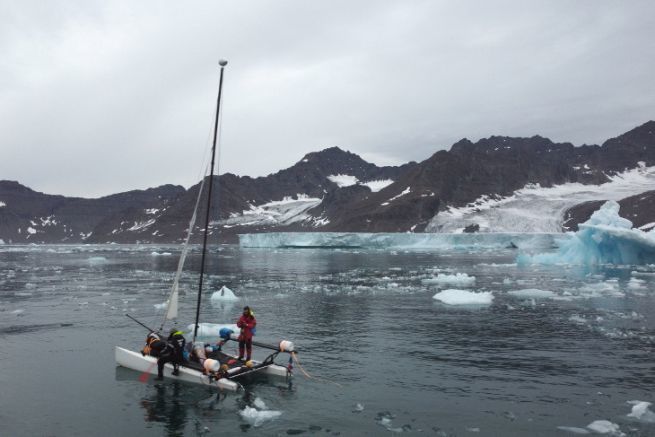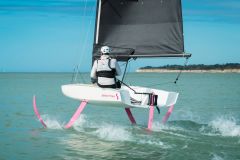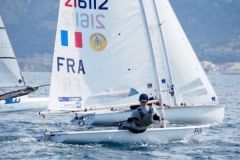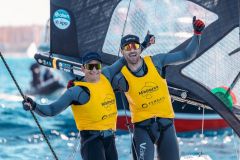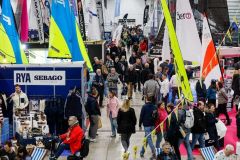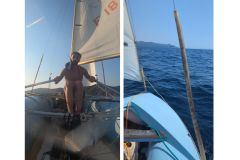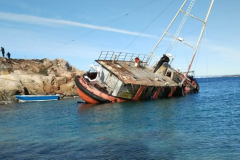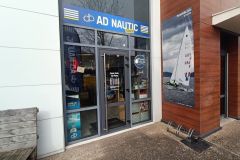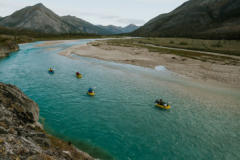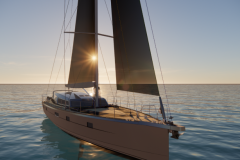Sailing light to explore Greenland
Nicolas Marcillaud is passionate about mountains. After having participated in a sailing expedition to Svalbard in 2021, he is convinced that to explore the wild coasts of the Arctic seas, it is necessary to travel light on small boats. He explains: "The boat is a good way to approach little known areas and to combine sailing and mountaineering. But I could see the difficulties linked to a habitable keelboat. You can't leave a 9-meter boat at anchor for too long without anyone on board. Expeditions in the mountains are limited to 1 or 2 days. So I thought about a boat without these constraints. We need a fast boat to move around and as light as possible to secure it on land and be sure to find it. That's how we came up with the sport catamaran for our expedition to Greenland in 2022."
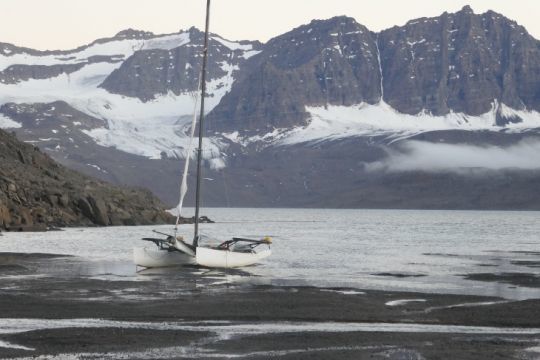
Autonomous Arctic Raid
With his partner Tom Gautier, they chose a Hobie Tiger, a catamaran of only 18 feet. A choice that they consider the right compromise: "This allows us to send the boat, dismantled in a container, to Iceland. It is fast, so we don't spend too much time at sea, and we can move it by paddle if there is no wind. On board, we loaded a good hundred kilos of cargo, divided roughly between 60 kilos of equipment, 50 kilos of food and 30 liters of water."
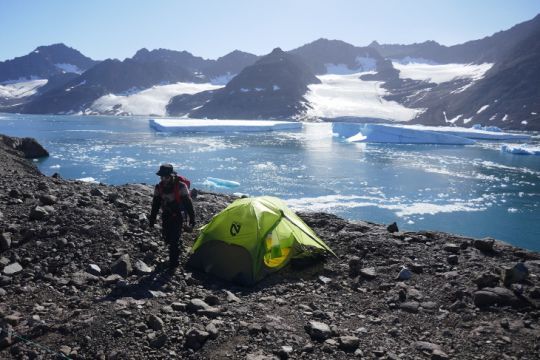
Upstream, the boat had been given a global refit. A trampoline had been added to the bow, as well as life lines. The mainsail received 2 stages of reefing, which proved to be useful. To simplify the rigging, the hook was abandoned in favor of a reeled halyard. For safety, foam was added for greater unsinkability, as well as a soft band for hauling the boat ashore.
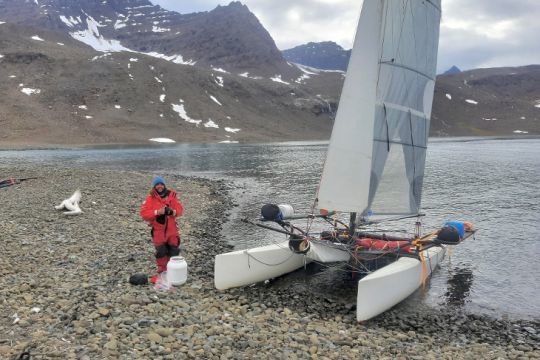
On the men's side, apart from a common under-layer, it was difficult to take the same clothes for sailing and mountain. The two companions sailed in dry suits. The crew concedes difficulties in protecting their hands. "The hardest part was the gloves. We had neoprene gloves plus wool mittens."
Another approach to navigation
Our adventurers prepared the expedition in advance, by cross-checking the little written information with local knowledge. A complicated task explains Nicolas Marcillaud: "It's a challenge to prepare the boat without knowing what to expect. We talked to the locals beforehand about the conditions. The information on these areas is limited to less than 2 paragraphs. The coastline is false. Almost none of the islands were on the marine charts. We used mostly satellite maps. It's really quite different from the usual navigation." On a daily basis, the crew used a smartphone mapping and a Garmin inreach for communication.
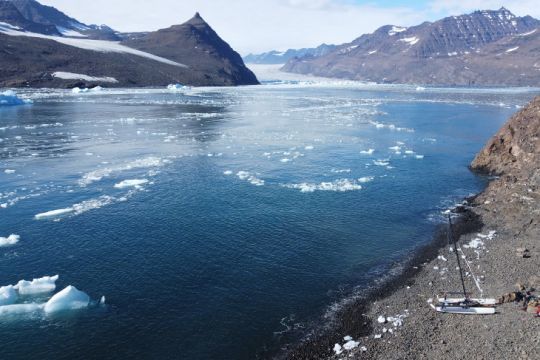
Surprises and fireworks
The expedition started with a tough delivery from Reykjavik to Isafjordur. These 180 miles of coastal sailing in Iceland proved to be tough, with 20 to 25 knots of wind and heavy seas. Probably the most sportive part in terms of sailing, according to the crew. Tom and Nicolas finally set off at the beginning of August 2022 towards Greenland. The crossing of the strait, about 200 miles, will have taken them 46 hours. They specify: "We took turns at the helm and took naps on the trampoline. On the way back, it took us 64 hours with fog and squalls. We paddled a lot, but slept well!"
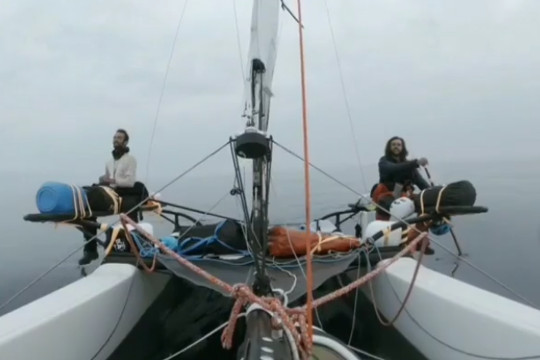
Once in Greenland, the climbers were able to make 3 beautiful outings, enjoying the glaciers and the wildlife. The logistics of the boat proved to be complex, however. "Securing the boat on land was more difficult than I anticipated. With the equipment, the boat weighed 300 kilos in total. If there are rocks or breakers, the boat is hard to reassemble. In the end, it was less safe than we had imagined. We heard whales all the time, but without seeing them too much. As for the polar bears, we did everything to avoid meeting them. We saw tracks and once, an ice cube that was going the wrong way in the current, and that finally was a bear, but far away."
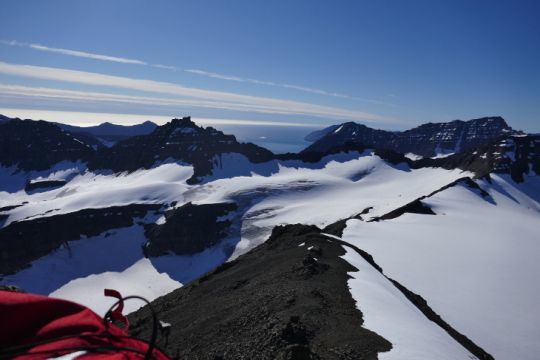
In the end, the two young men retain the feeling of freedom and the unknown, but also of humility. Tom concludes: "When you see the bear, you are reintroduced into the food chain. We're like the deer that goes to get water..." Nicolas adds, having achieved this goal of freedom, even if "sometimes you don't really control the direction of the boat anymore, because you have to follow the ice cubes when there are a lot of them."
Notice to the amateurs, the boat remained in Iceland to be given to other adventurers or local sailors!

 /
/ 